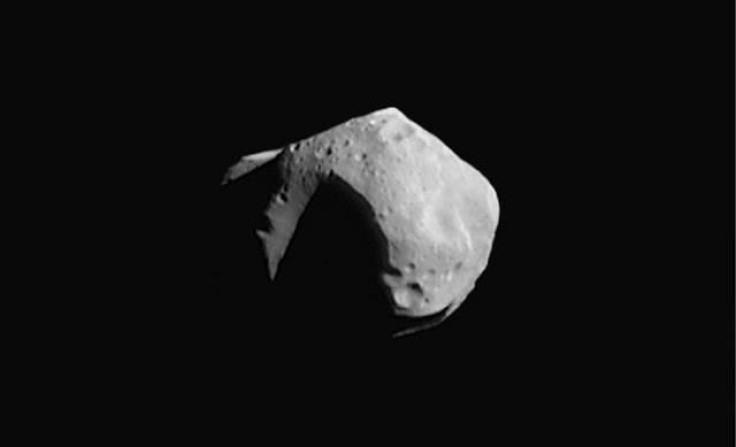
NASA is set to launch on Wednesday a space probe that will embark on a seven-million-mile journey to self-destruct on an asteroid moon.
DART Probe to Smash into Asteroid Moonlet
The mission will simulate the deflection of a possible Earth-bound asteroid by slamming the spacecraft on it.
The probe, called the Double Asteroid Redirection Test (DART), is a four-foot wide box targeted to hit the asteroid moonlet Dimorphus, estimated to be the size of Italy's Colosseum, at 6.5 kilometers per second. It seeks to change the asteroid's near 12-hour orbit around a larger-sized Didymos asteroid by a few minutes. Another mission, the European Space Agency's Hera, which will arrive in Dimorphus five years later, will check on DART's success.
While DART's slight nudge on the asteroid will have little effect on the asteroid's orbit, the impact is considered significant enough to take an asteroid off its course on a potential hit on Earth. This is only possible if the asteroid is hit far enough in advance.
NASA is studying if this collision could take such an asteroid off its course in possible direct hit with Earth. While scientists have not spotted hazardous Earth-bound asteroid, they have only detected 40 percent of such space rocks that are at least 140 meters (450 feet), a Business Insider report said. These asteroids could obliterate entire cities.
The mission would first test NASA's technological capability to precisely hit DART on the target asteroid. This would then lead to a subsequent test of how the asteroid would respond to the strike. This response would help NASA determine similar probes in the future to do the daunting task.
NASA Probe Launch Details, Livestreaming Schedule
DART will lift off at 1:20am ET on Wednesday from the Vandenberg Space Force Base in California on board a SpaceX Falcon 9 rocket. It is targeted to reach its destination by September 2022.
NASA will livestream the launch event beginning at 12:30am ET on Wednesday.
DART's impact on Dimorphus' orbit has been well-studied, Technology Review said, but the actual effect of the strike on the asteroid itself after the impact remains unknown. Scientists had simulated how the spacecraft could change the Dimorphus' spin and rotation by calculating the impact of the crash to the asteroid's roll, pitch, and yaw. After their initial calculations, the researchers said the asteroid could "start tumbling and enter a chaotic state," a finding that caught them by surprise.
This unforeseen spinning could lead to some difficulties, such as having the Hera spacecraft land on Dimorphus. Such could also make future attempts to ward off asteroids more complicated, since a small rotation could affect an asteroid's path.
NASA said the strike on Dimorphus would be equivalent to an impact of three tons of TNT exploding, and this hurtle thousands of asteroid debris into space. While this may not have immediate changes to Dimorphus's rotation, it may eventually change in the days after the strike, researchers said.
Related Article : Will an Asteroid Ever Hit Earth? NASA's Answer, DART Plan and MORE!









